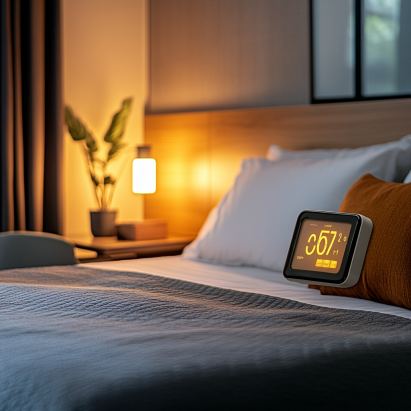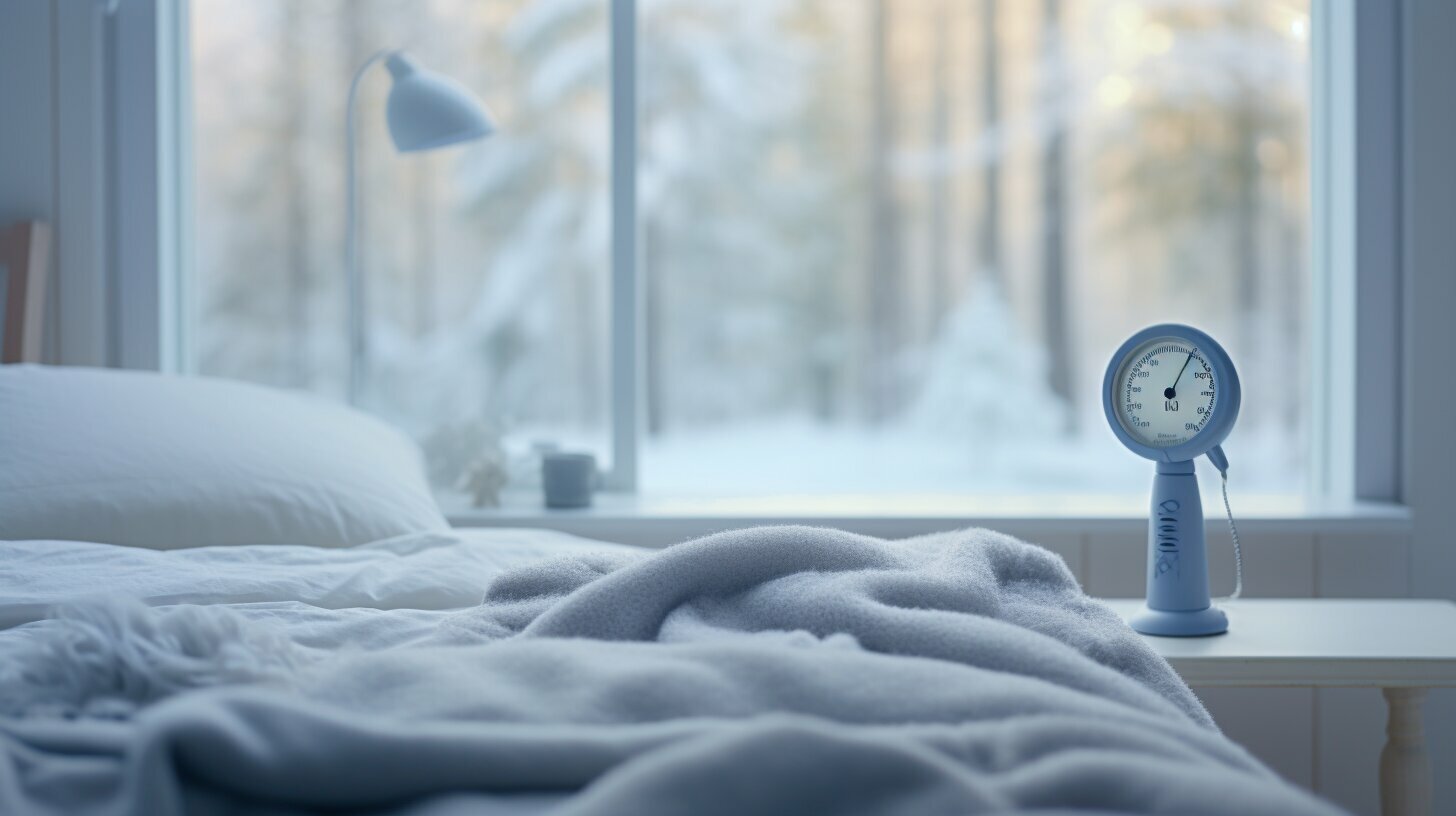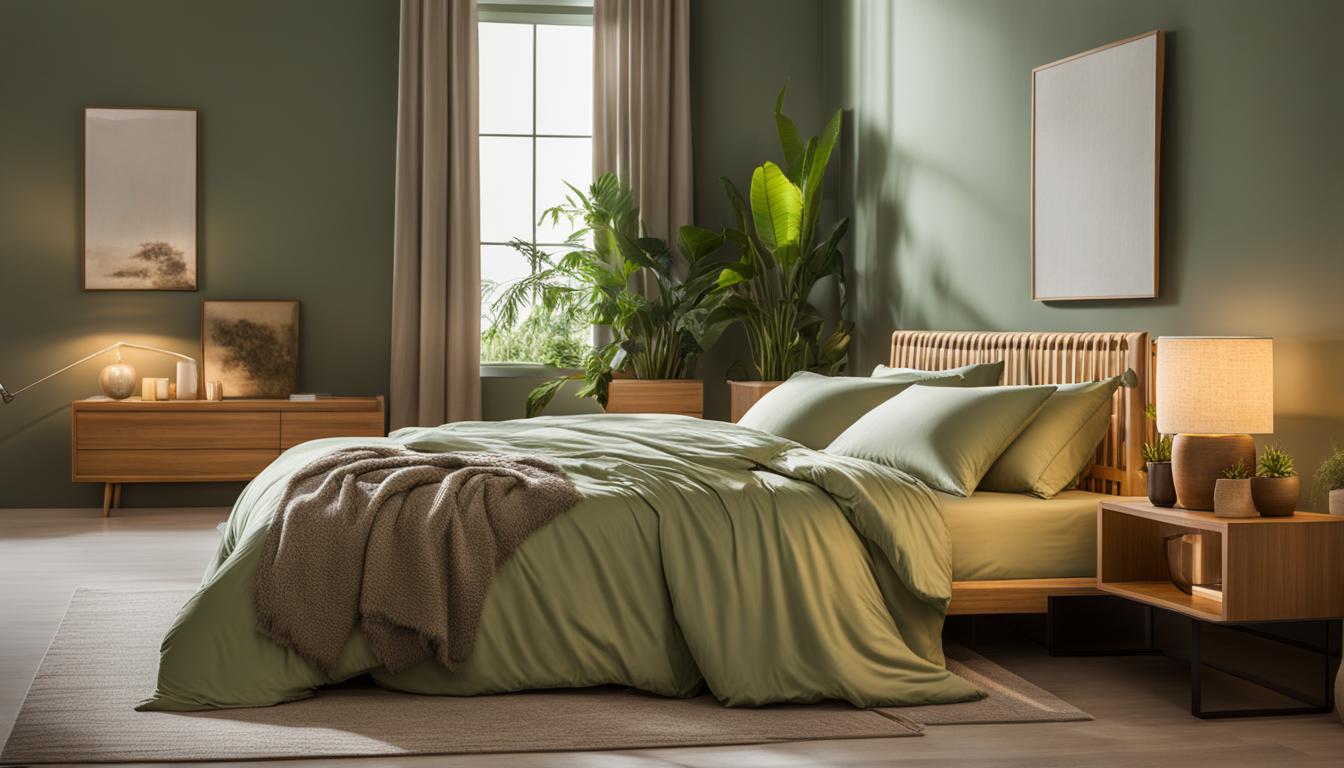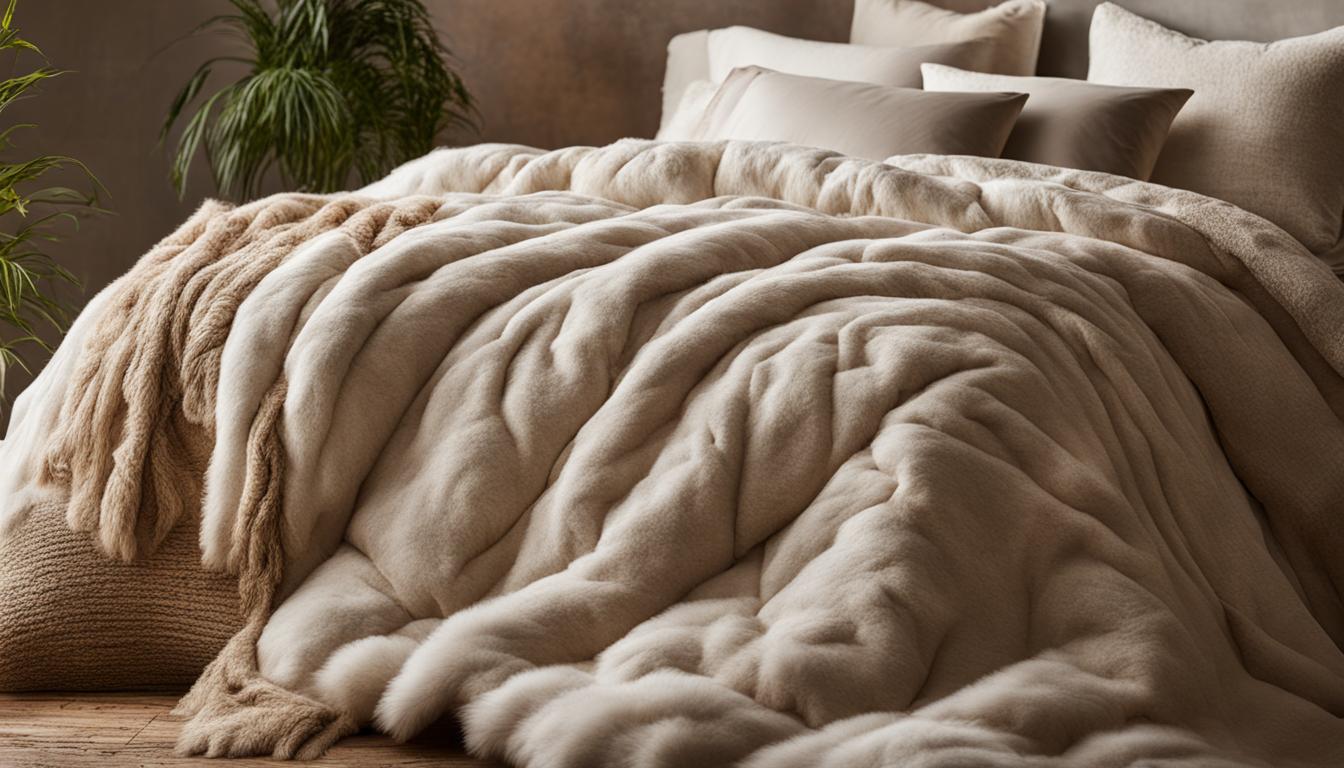Best Temperature for Sleep
Struggling with restless nights? The best temperature for sleep could be the key to better rest. Discover how setting your room to the ideal sleep temperature range can improve sleep quality, reduce night awakenings, and help you wake up feeling truly refreshed.
Key Takeaways
- The best temperature for sleep is between 60°F and 67°F (15.6°C to 19.4°C).
- Temperature affects melatonin production, sleep cycles, and REM quality.
- Customizing temperature by age, season, and preference enhances sleep comfort.
- Smart thermostats, fans, and breathable bedding improve thermal regulation.
Why the Best Temperature for Sleep Matters
When you sleep, your body naturally cools down. This drop in core temperature helps signal your brain to release melatonin and enter restorative sleep stages. The best temperature for sleep supports this internal process, making it easier to fall asleep and stay asleep. Discomfort from overheating or being too cold can interrupt these cycles and lead to poor sleep quality.
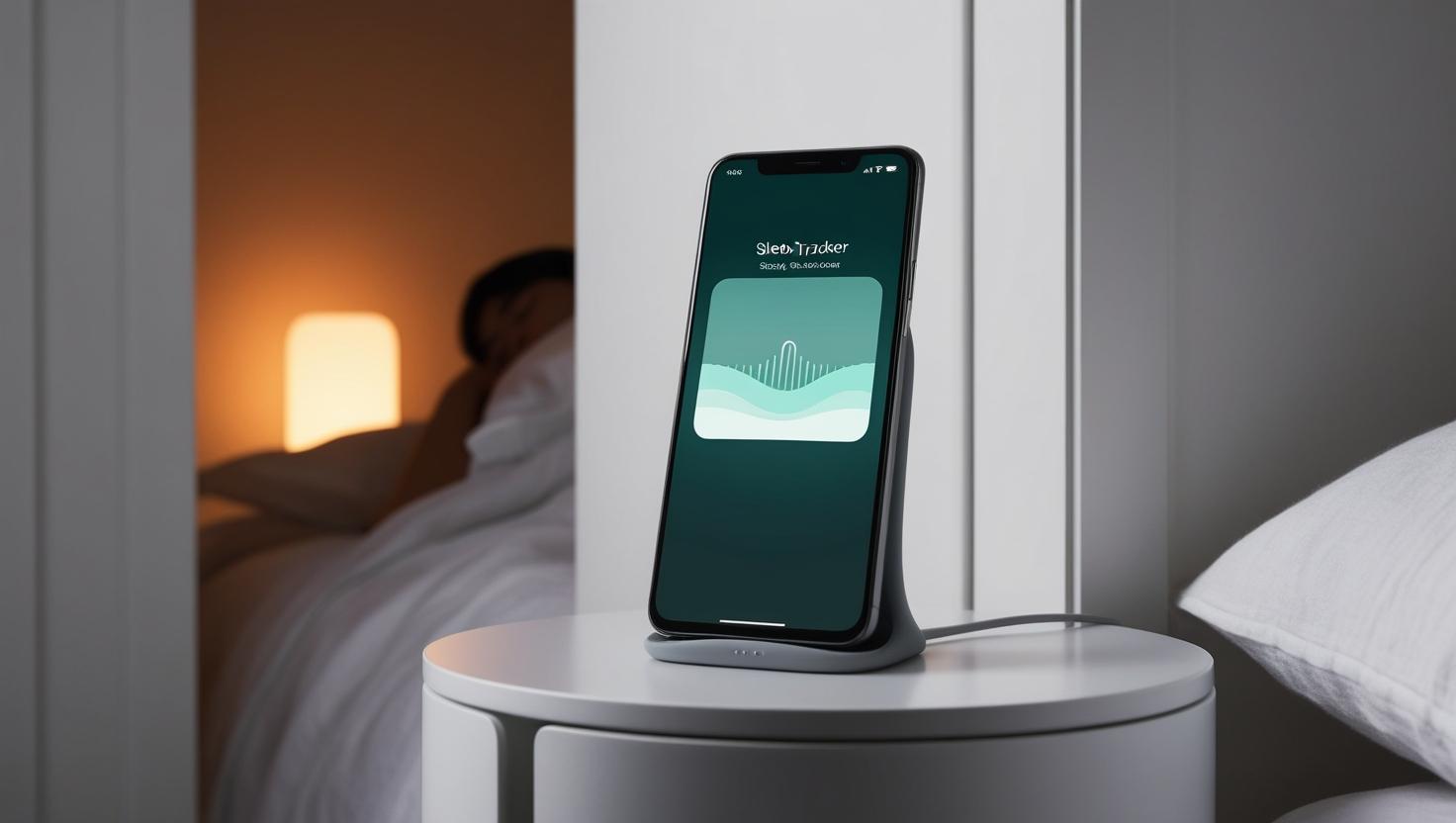
Ideal Temperature by Age Group
Thermal comfort varies with age. Here’s a science-backed guide to help you adjust the best temperature for sleep based on your household:
| Age Group | Recommended Temperature (°F) |
|---|---|
| Infants | 68–70°F |
| Adults | 60–67°F |
| Older Adults | 65–72°F |
How Room Temperature Affects Sleep Stages
The temperature in your bedroom can influence each stage of sleep. Cooler environments support deeper NREM stages, while heat can disrupt REM sleep and reduce dream activity. This chart shows how each stage responds to temperature shifts:
| Sleep Stage | Effect of Temperature |
|---|---|
| Stage 1 (Light Sleep) | Cool air helps initiate drowsiness and transition from wakefulness. |
| Stage 3 (Deep Sleep) | Cold environments enhance slow-wave activity and restoration. |
| REM Sleep | Overheating suppresses REM duration and dream clarity. |
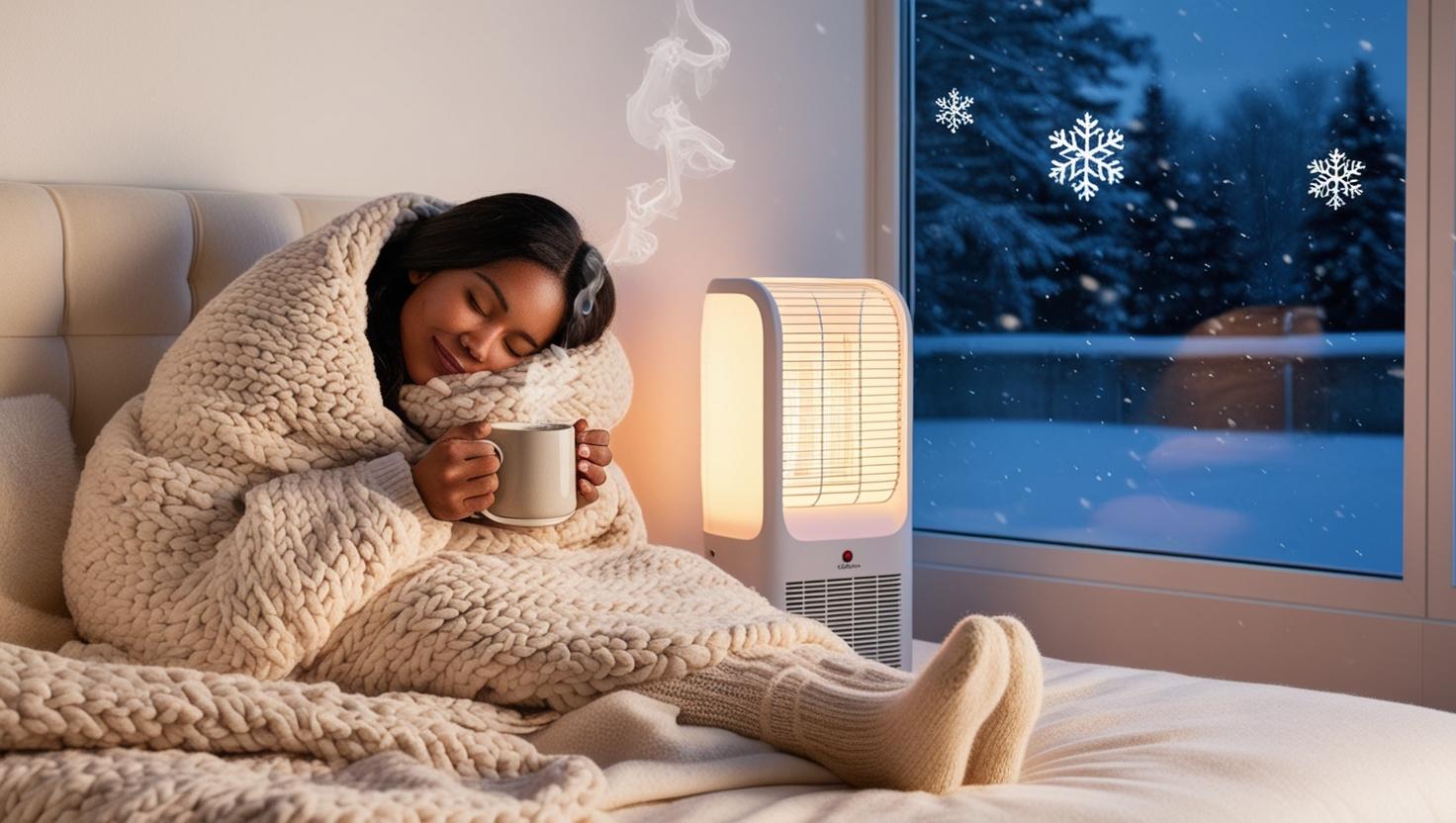
Tools to Maintain the Best Temperature for Sleep
These tools can help regulate your environment year-round for consistent, high-quality sleep:
- Programmable Thermostats: Set nightly temperature schedules automatically.
- Fans & Air Circulation: Promote even airflow and reduce hot spots.
- Cooling Bedding: Breathable fabrics like bamboo, linen, or percale cotton reduce heat buildup.
- Heated Blankets: For winter comfort, use on a timer to avoid overheating.
Best Temperature Adjustments by Season
Seasonal changes call for different strategies to maintain the best temperature for sleep. In summer, pre-cool your room with A/C or blackout curtains. In winter, layer your bedding and insulate your windows.
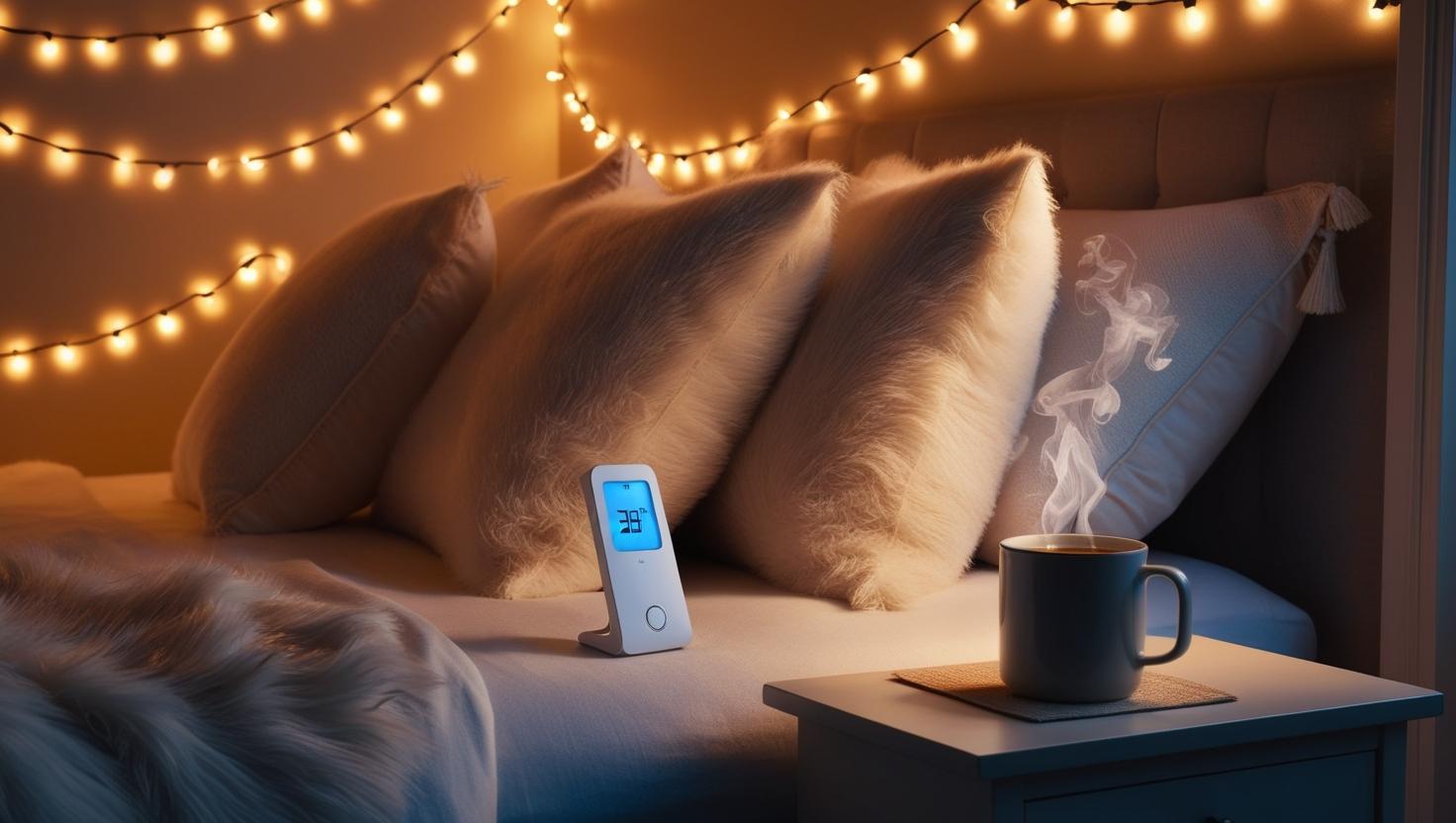
Pre-Bedtime Habits That Support Sleep Temperature
- Warm Bath 90 Minutes Before Bed: Helps trigger the body’s natural cooldown response.
- Avoid Exercise Close to Bedtime: Intense activity raises core temp and delays sleep onset.
- Use a Humidifier in Dry Seasons: Prevents skin discomfort and keeps nasal passages comfortable.
Signs Your Sleep Temperature Isn’t Right
If you’re waking up frequently, tossing and turning, or sweating at night, your bedroom may be outside the best temperature for sleep. Signs of discomfort include clammy sheets, dry mouth, or cold extremities.
When to Consider Medical Advice
If adjusting your room temperature doesn’t help improve sleep over time, consult a sleep specialist. Disrupted sleep could be linked to conditions like insomnia, night sweats, or sleep apnea, all of which can be affected by temperature.
Final Thoughts
Finding the best temperature for sleep is one of the simplest ways to upgrade your rest. Whether you’re using smart climate controls or layering breathable fabrics, tailoring your bedroom environment leads to deeper, more restorative sleep. Your body—and your mood—will thank you.
FAQ
What is the best temperature for sleep?
Experts recommend keeping your bedroom between 60–67°F (15.6–19.4°C) for optimal sleep quality.
Does sleep temperature vary by age?
Yes. Infants and older adults often prefer slightly warmer temperatures, while adults sleep better in cooler rooms.
Can I use fans or AC all night?
Yes. Just make sure they don’t cause dry air or blow directly on you. Fans also offer white noise, which helps some people sleep.
How can I improve sleep during hot weather?
Use breathable bedding, blackout curtains, and pre-cool the room. Lightweight pajamas and cooling sheets also help.
For more insights, read our guide on how to maintain sleep temperature year-round and explore white noise machines for better rest. Also, learn about essential oils for sleep to enhance your nighttime routine.
Explore expert advice from sources like Sleep Foundation, Mayo Clinic, and NIH to learn more about optimizing your sleep environment.

